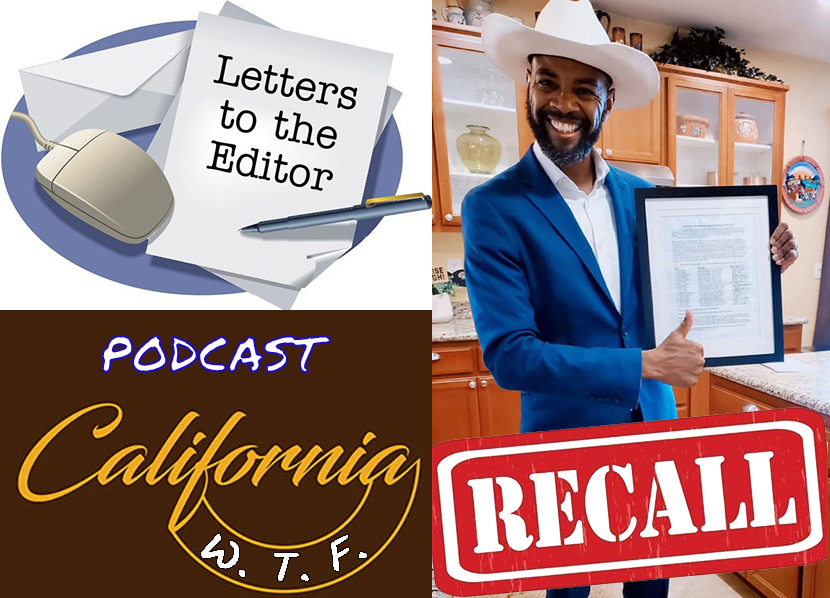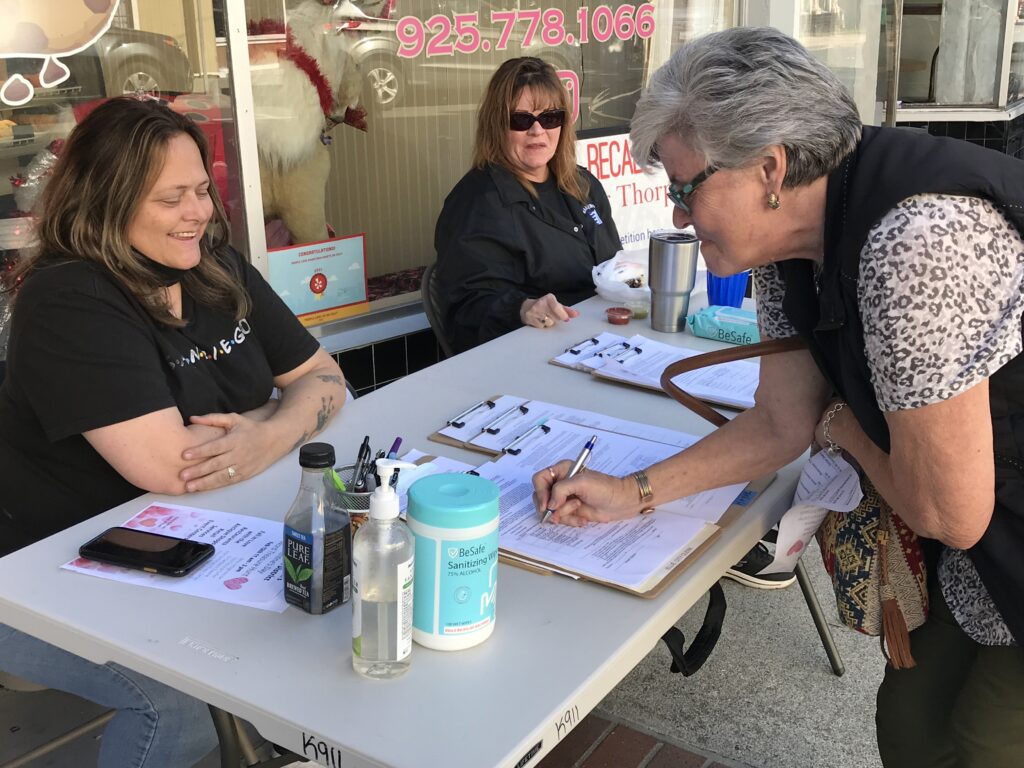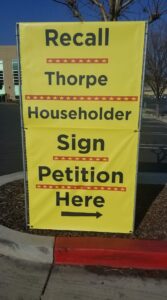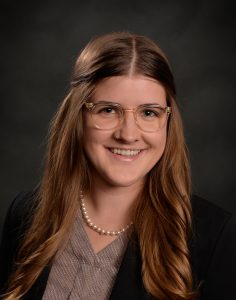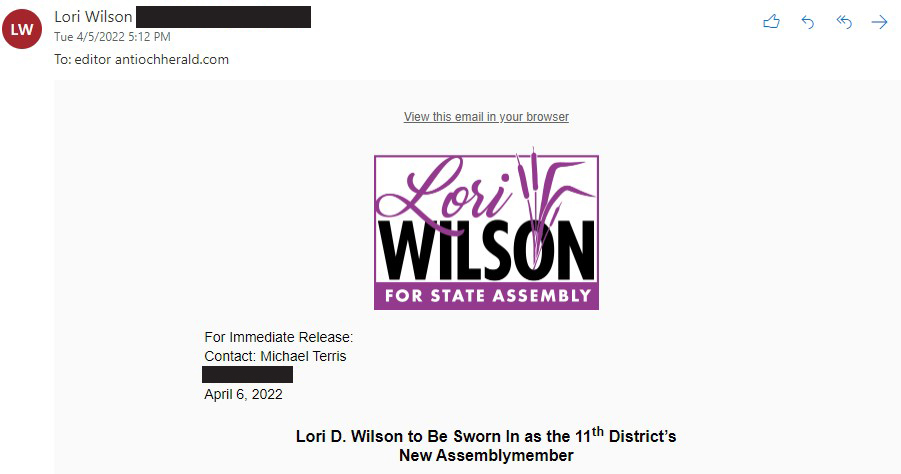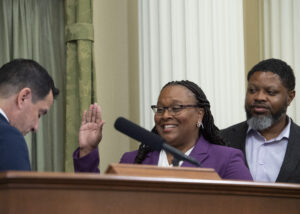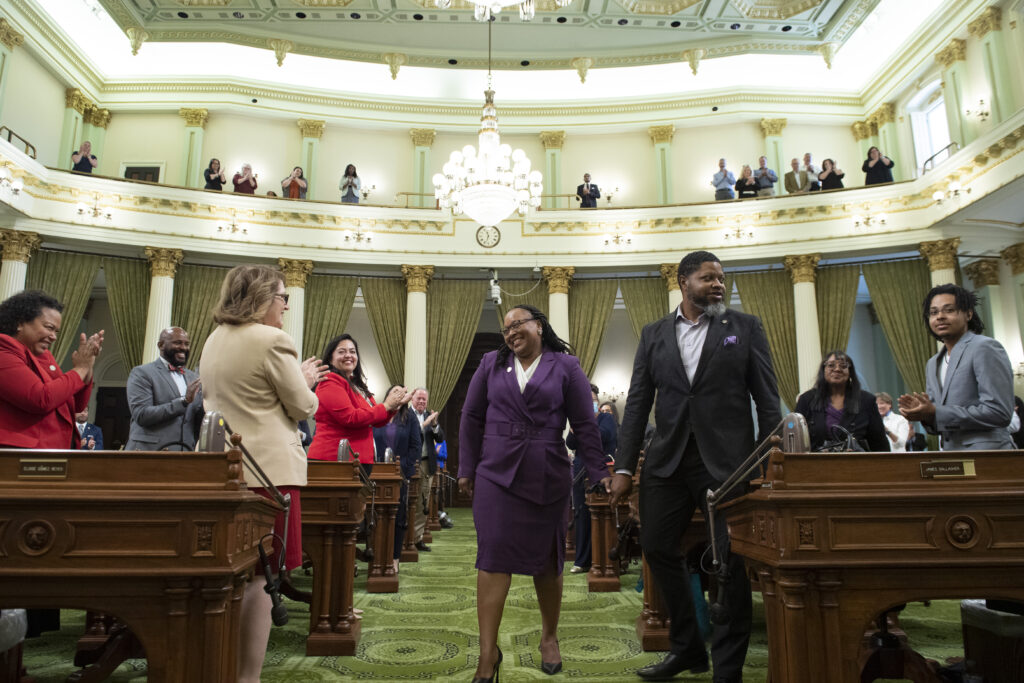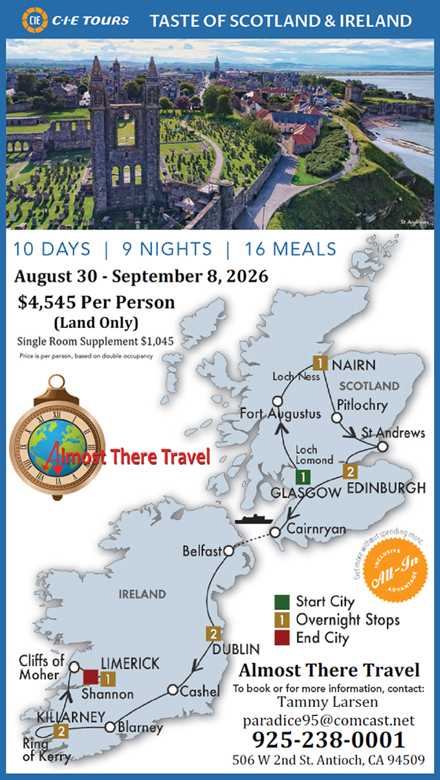Contribution of $2,500 made to Thorpe recall opposition committee on Dec. 20, 2021 but not yet reported
Tuesday, May 3rd, 2022
IBEW contribution of $2,500 to Antioch Mayor Lamar Thorpe’s campaign committee formed to beat the recall was made on Dec. 20, 2021. Source: Netfile website screenshot.
Only filed Form 410 for his not yet qualified anti-recall committee on Dec. 9, 2021; once committee qualified with $2,000 in contributions or expenditures he was required to file Amended form; 460 form was likely due Jan. 31, 2022; neither report yet on City’s website; questions go unanswered
By Allen D. Payton
Antioch Mayor Lamar Thorpe has either not yet filed at least one and possibly two of his required beat the recall campaign committee’s finance reports or his self-described “best friend”, City Clerk Ellie Householder is helping him keep that information from the public. As previously reported, according to the state Fair Political Practices Commission (FPPC) a committee is qualified once it receives contributions or makes expenditures of $2,000 or more. (See related article)
CORRECTION: In that article it was reported that Thorpe’s campaign to beat the recall filed its Form 410 showing he had formed the committee on Dec. 9, 2021. However, this reporter missed the fact that the box next to “Not yet qualified” was marked. Based on that oversight, I incorrectly claimed Thorpe was in violation of state campaign finance law because his committee did not file a Form 460 report by the Jan. 31, 2022, deadline showing who contributed $100 or more and the amounts, as well as expenses paid prior to Dec. 31, 2021. For that, I apologize.
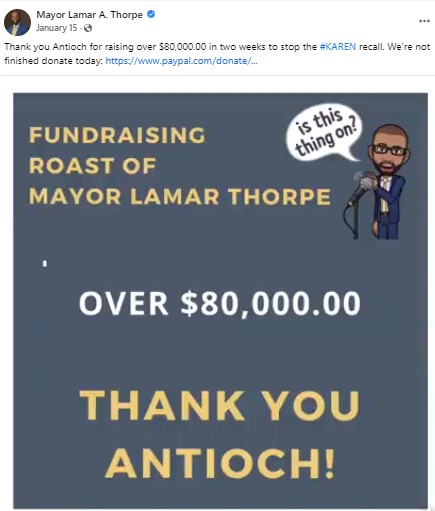
Thorpe claimed in a post on his official Facebook page on Jan. 15, 2022, that his campaign committee had raised over $80,000.
Thorpe Still Possibly in Violation
Yet, while the article was incorrect that a Form 460 was required by Jan. 31, 2022, based on filing a Form 410 prior to Dec. 31, 2021, because the committee was not yet qualified, Thorpe was and is still in violation of state campaign finance law if he hasn’t yet filed an Amended Form 410 showing his committee is now qualified. That form was due within 10 days of his committee meeting the $2,000 threshold.
According to a Jan. 15 post on his official Facebook page, Thorpe claims he had raised “over $80,000” for his beat the recall committee. But as of May 2, the required Amended Form 410, showing his committee became qualified, is still not on the City Clerk’s website and neither he nor Householder will say if he has yet submitted it.
If Thorpe hasn’t, he is in violation of state campaign finance law and withholding that information from the public that voters have a right to know. If he did submit the Amended Form 410, then Householder is withholding that information from the public by not uploading it to the City Clerk’s website.
PAC Contribution on Dec. 20, 2021 Triggered Thorpe’s Reporting Requirements IF Received by Dec. 31
Plus, since then, it was learned that a contribution of $2,500 was made to Thorpe’s committee on Dec. 20, 2021, just 11 days after he filed his original Form 410 which should have triggered the filing of an Amended Form 410 by Dec. 30 and the filing of a Form 460 by Jan. 31, 2021. But no one will say when the contribution was received by Thorpe’s campaign committee or when the check was cashed. If it was on or after Jan. 1, 2022, then the Form 460 wasn’t due by Jan. 31, 2022, and isn’t due until August 1, and shows someone intentionally delayed the receipt of the contribution.

The Netfile website, accessed through the Contra Costa Elections Division website, shows a Form 460 campaign finance report was filed on Jan. 27, 2022, by IBEW 302 Community Candidates PAC. Source: CoCoVote.com.
According to the NetFile website, which publicly reports campaign finance transactions, and the Contra Costa County Elections website on Dec. 20, 2021, a contribution of $2,500 from the Martinez-based union local IBEW 302 Community Candidates Political Action Committee (PAC) was made to the “Stop the Karen Recall for Mayor Lamar Thorpe 2022” committee, for which he is the controlling officeholder or candidate.
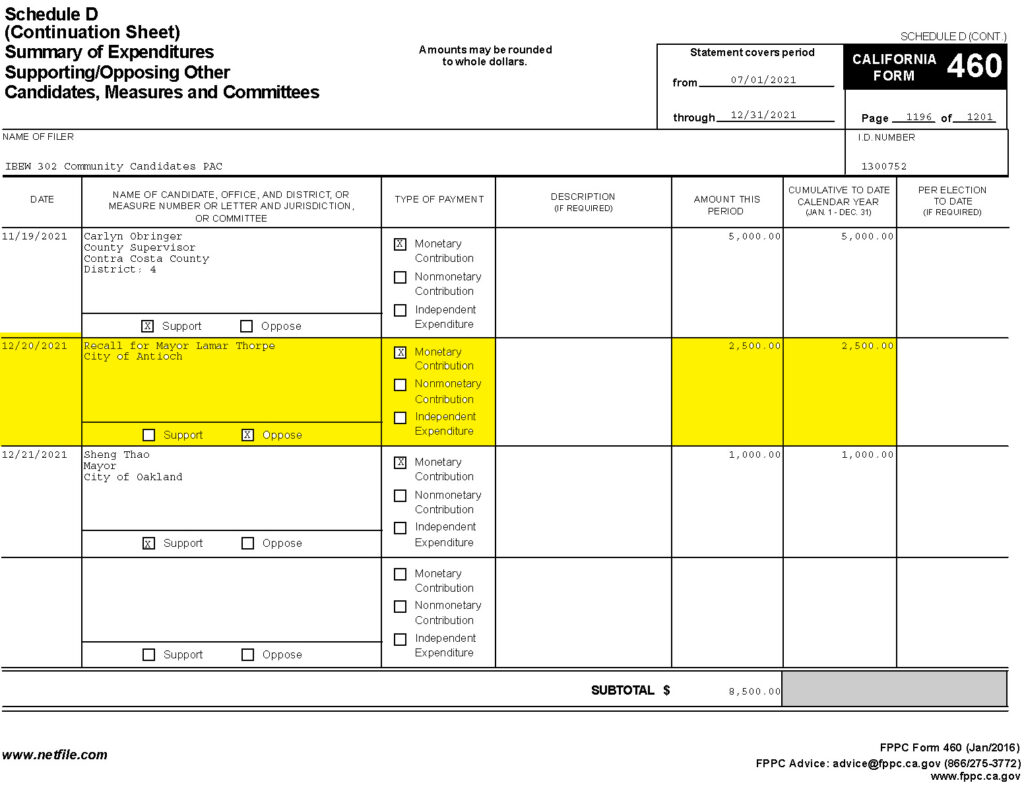
IBEW 302 Community Candidates PAC Form 460 p1196 Schedule D showing contribution made in opposition to Thorpe’s recall on Dec. 20, 2021. Highlighting added
The PAC’s 1,201-page Form 460 reports it on both Schedule D, page 1,196 for Summary of Expenditures Supporting/Opposing Other Candidates, Measures and Committees and Schedule E, page 1,199 for Payments Made. Schedule D lists the “Recall for Mayor Lamar Thorpe City of Antioch” with the box marked next to “Oppose”. On Schedule E the expense is listed being made to “Stop the Karen Recall for Mayor Lamar Thorpe (ID# Pending) Antioch, CA 94531”. IBEW 302 Community Candidates PAC 460 form p1196 Thorpe Sched D IBEW 302 Community Candidates PAC 460 form p1199 Thorpe Sched E

IBEW 302 Community Candidates PAC Form 460 p1199 Schedule E showing contribution made on Dec. 20, 2021, to Thorpe’s committee formed to beat the recall. Highlighting added
But neither his Amended Form 410 nor his Form 460 had yet been posted on the City’s website as of Monday, May 2 only his original Form 410 filed on Dec. 9, 2021.

As of May 2, 2022, at 2:20 pm, Thorpe’s beat the recall committee report filing only shows the original Form 410 had been uploaded on the City Clerk’s website.
Householder Appears to be Using Incorrect Finance Report Filing Schedule
Householder, in a Facebook post on her official City Clerk page on Monday, April 25, finally provided the 2022 reporting schedule that her office is following for Thorpe’s recall committee’s finances, which this reporter had requested before the previous article was published. It’s entitled “Campaign Filing Schedule for Committees Primarily Formed to Support/Oppose Local Measures Not Being Voted Upon in 2022” and shows, that the first 460 report is not required to be filed until Aug. 1, 2022.
However, this reporter was following a different, 2021 reporting schedule, entitled “Filing Schedule for Local Candidates and Officeholders (Including Superior Court Judges) Not Being Voted Upon in 2021” which shows But another 2021 reporting schedule entitled, “2021 Filing Schedule for Committees Primarily Formed to Support/Oppose Local Measures Not Being Voted Upon in 2021” is the correct one to follow because a recall his considered a local measure. Assuming Thorpe received the $2,500 contribution from the IBEW prior to Dec. 31, 2021, the mayor was required to file a 460 report for campaign finances between July 1 and Dec. 31, 2021, because his beat the recall committee had become qualified by receiving at least $2,000.
Questions for Thorpe, Householder, Deputy City Clerk Go Unanswered
Questions were sent via email to Thorpe, Householder and Deputy City Clerk Christina Garcia Monday, April 25, 2022, asking about the date his committee had met the qualification threshold and if his Amended Form 410 had been filed with the City Clerk’s office, as well as requesting a copy.
Thorpe was asked, “if your committee to beat the recall wasn’t yet qualified on Dec. 9, 2021, when you filed your 410 form, why did you file it that day? Were you anticipating contributions of at least $2,000 shortly thereafter that would trigger qualifying as a committee? What date did it qualify as a committee? Have you or your treasurer filed the committee’s Amended 410 form showing the date it qualified?”
Householder and Garcia were asked, “if his committee has filed its Amended 410 form, does your office have a copy? If so, can you please provide it to me? Also, if so, why hasn’t the committee’s Amended 410 form been posted, yet on the City Clerk’s website?”
In addition, Householder was asked on her official Facebook page who told her to follow the campaign finance report filing schedule she’s following for Thorpe’s recall.
Additional questions were emailed to all three on Tuesday afternoon, April 26. Thorpe was asked about the $2,500 contribution made by the IBEW PAC on Dec. 20, 2021 and why he didn’t file his Amended Form 410 within 10 days by Thursday, Dec. 30, and if not, why not and has he done so since then. He was also asked why he didn’t file a Form 460 by Jan. 31, 2022, for that contribution and any others, plus any expenditures made by his committee prior to Dec. 31. https://netfile.com/connect2/api/public/image/201824202
Householder and Garcia were asked if they were aware of the contribution of $2,500 from the IBEW 302 Community Candidates PAC on Dec. 20, 2021, to the Stop the #KAREN Recall for Mayor Lamar Thorpe 2022 committee. In addition, they were asked if so, why they would think Thorpe’s campaign committee wasn’t required to follow the 2021 filing schedule but instead, they are following the 2022 filing schedule, and who advised them to follow the schedule for 2022 instead of 2021.
They were also asked, “didn’t that contribution trigger the requirement for Lamar to file his Amended 410 form since his committee became qualified on that date?” and “didn’t it also trigger the requirement for him to file a Form 460 report by Jan. 31, 2022, since the contribution to his committee was made prior to Dec. 31, 2021?”
Additional unsuccessful attempts were made via phone call to both Thorpe and Householder to obtain answers to the questions. In addition, Thorpe was asked when he received the check from IBEW 302 PAC and if they were asked to hold it until after Jan. 1, so no Form 460 report would be due from Thorpe’s committee by Jan. 31, 2021.
Questions for IBEW PAC Treasurer Also Go Unanswered
Multiple attempts to reach Thomas Hansen the treasurer for the IBEW 302 PAC asking when the check to Thorpe’s committee was cashed were unsuccessful.
Three, anonymous complaints have been filed with the FPPC about Thorpe’s campaign committee finances. A separate report with additional details will be provided on this website, later this week.
Please check back later for any updates to this report.












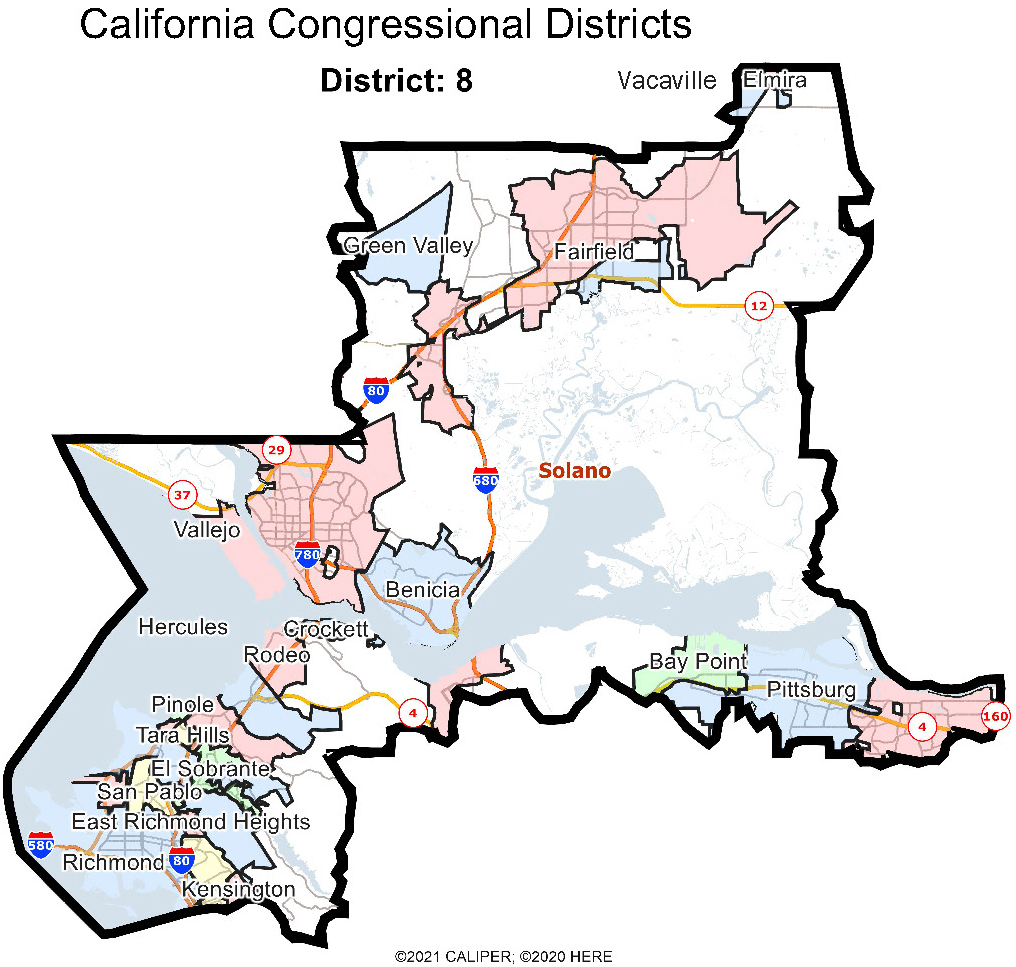


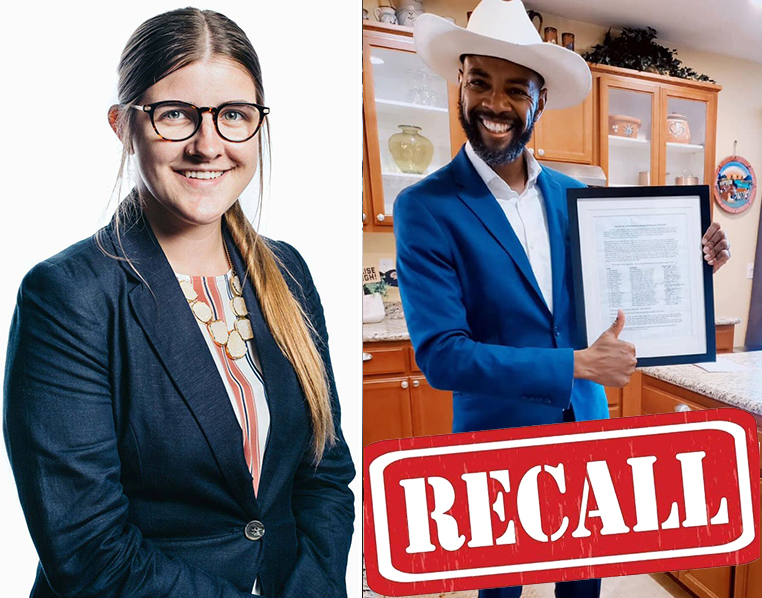


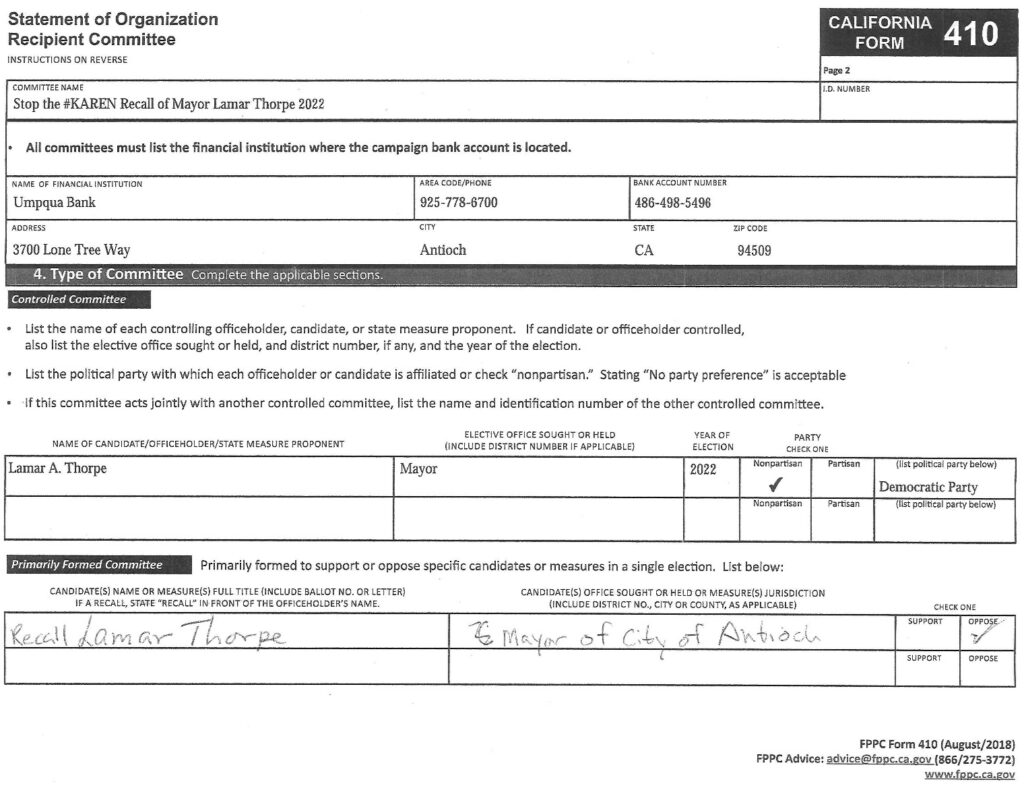
 According to information provided by Jay Wierenga, Communications Director for the state Fair Political Practices Commission, the city clerk is wrong based on the filing schedule that applies.
According to information provided by Jay Wierenga, Communications Director for the state Fair Political Practices Commission, the city clerk is wrong based on the filing schedule that applies.
